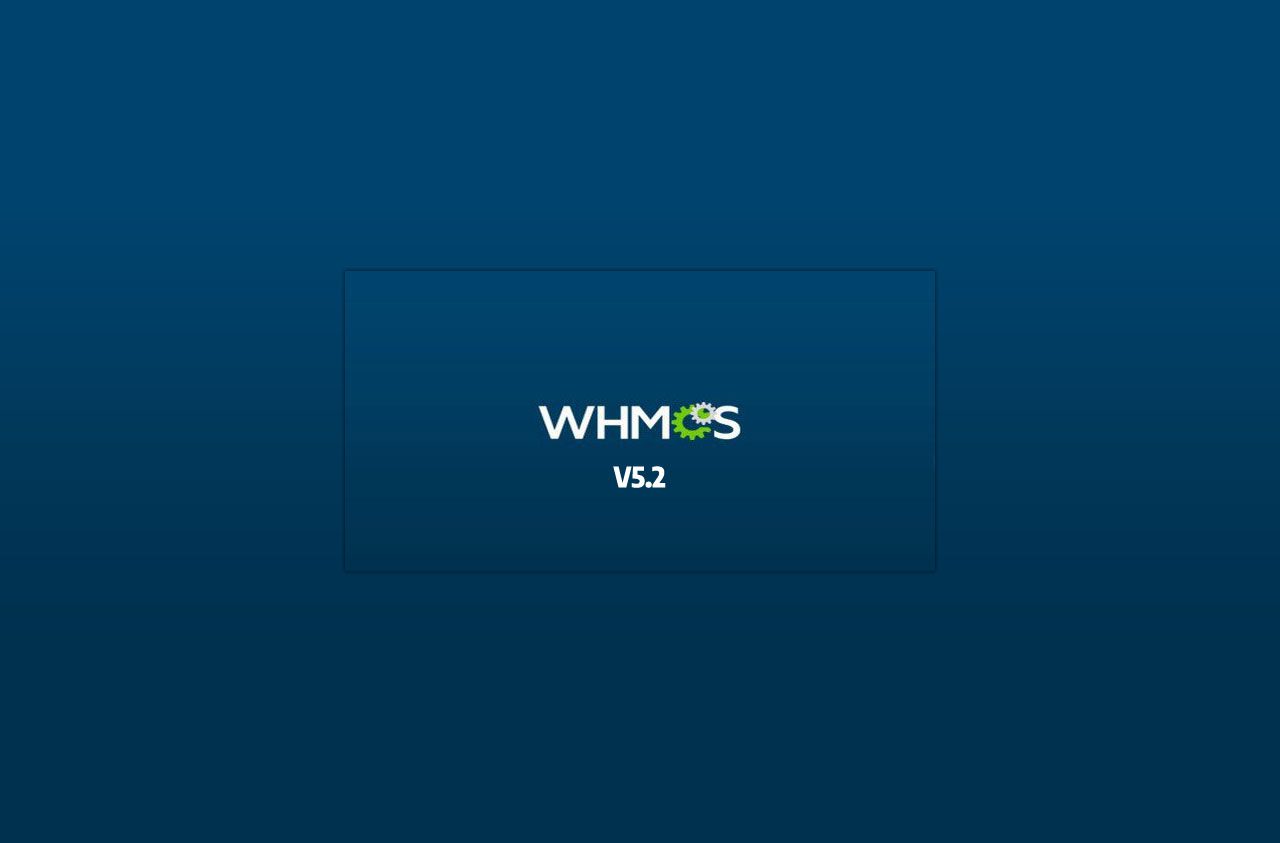Home>Finance>What To Do If The Beginning Balance Doesn’t Match The Bank Statement Balance When Reconciling


Finance
What To Do If The Beginning Balance Doesn’t Match The Bank Statement Balance When Reconciling
Published: March 2, 2024
Learn how to handle discrepancies between beginning balances and bank statement balances when reconciling your finances. Expert tips and solutions for finance reconciliation.
(Many of the links in this article redirect to a specific reviewed product. Your purchase of these products through affiliate links helps to generate commission for LiveWell, at no extra cost. Learn more)
Table of Contents
Introduction
When managing your finances, reconciling your bank statement is a crucial task to ensure accuracy and transparency. However, encountering discrepancies between the beginning balance and the bank statement balance can be perplexing and even concerning. This situation may lead to frustration and uncertainty, but fear not – there are steps you can take to address this issue effectively.
In the following sections, we will delve into the intricacies of the reconciliation process, providing you with a comprehensive guide on what to do if the beginning balance doesn't match the bank statement balance. By understanding the underlying causes of this disparity and implementing the recommended strategies, you can navigate this financial challenge with confidence and precision.
So, let's embark on this enlightening journey to unravel the mysteries of reconciling discrepancies and empower you with the knowledge and insights needed to overcome this obstacle. Whether you're a seasoned financial expert or a novice in the realm of banking and accounting, this guide will equip you with the tools to tackle mismatched balances and restore harmony to your financial records.
Understanding the Reconciliation Process
Before diving into the specific steps to address a mismatch between the beginning balance and the bank statement balance, it’s essential to grasp the fundamentals of the reconciliation process. Reconciliation involves comparing your internal financial records, such as your accounting ledger, with external records provided by your bank, typically in the form of a bank statement.
During the reconciliation process, you are essentially verifying that the transactions recorded in your accounting system align with the transactions processed by the bank. This verification ensures that all deposits, withdrawals, checks, and other transactions are accurately reflected in both sets of records.
Typically, the reconciliation process begins with the starting balance, which is the amount of money in your account at the beginning of the accounting period. This starting balance should match the ending balance from the previous accounting period, carrying over any transactions that were not previously reconciled.
As you work through the reconciliation, you will compare each transaction in your accounting records with the corresponding transaction on the bank statement. Any discrepancies must be identified and resolved to ensure the accuracy of your financial records.
Understanding the reconciliation process is crucial for effectively addressing discrepancies between the beginning balance and the bank statement balance. By comprehending the purpose and methodology of reconciliation, you can navigate the subsequent steps with clarity and confidence, ultimately restoring equilibrium to your financial accounts.
Double-Check the Beginning Balance
When the beginning balance doesn’t align with the bank statement balance during the reconciliation process, the first step is to meticulously review the accuracy of the beginning balance in your accounting records. This starting point serves as the foundation for the entire reconciliation, and any discrepancies at this stage can propagate throughout the process.
Begin by verifying that the beginning balance in your accounting ledger matches the ending balance from the previous period. If there were any outstanding transactions from the previous period that were not reconciled, ensure that they have been appropriately carried forward to the current period’s beginning balance.
It’s also crucial to confirm that any adjustments or corrections made in previous reconciliations have been accurately reflected in the beginning balance for the current period. These adjustments may include bank errors, unrecorded transactions, or any other discrepancies that were rectified in prior reconciliation cycles.
Double-checking the beginning balance is a foundational step in addressing a mismatch with the bank statement balance. By meticulously reviewing and validating the accuracy of this starting point, you can identify and rectify any discrepancies that may have arisen, setting the stage for a thorough and precise reconciliation process.
Review Transactions for Errors
Once you have confirmed the accuracy of the beginning balance, the next crucial step in addressing a discrepancy between the beginning balance and the bank statement balance is to meticulously review all transactions recorded in your accounting system. This comprehensive review aims to identify any potential errors, omissions, or discrepancies that may have contributed to the misalignment.
Start by systematically examining each transaction, including deposits, withdrawals, checks, and electronic transfers, recorded in your accounting ledger for the period under reconciliation. Compare these transactions with the corresponding entries on the bank statement, ensuring that each item is accurately reflected in both sets of records.
Look for any discrepancies, such as missing or duplicate transactions, incorrect amounts, or misclassified entries. Additionally, verify that all bank fees, interest payments, and other charges are consistent between your records and the bank statement. Any inconsistencies must be meticulously documented for further investigation and resolution.
Furthermore, consider the possibility of data entry errors, such as transposed numbers or incorrect dates, which can lead to discrepancies between your internal records and the bank statement. Thoroughly scrutinize the details of each transaction to pinpoint any potential inaccuracies that may have contributed to the mismatched balances.
By conducting a comprehensive review of all transactions for potential errors, you can identify and rectify discrepancies that may have led to the misalignment between the beginning balance and the bank statement balance. This diligent examination sets the stage for a more accurate and harmonized reconciliation process, ultimately ensuring the integrity of your financial records.
Look for Missing Transactions
When addressing a discrepancy between the beginning balance and the bank statement balance, it is imperative to thoroughly investigate the possibility of missing transactions that may have contributed to the misalignment. Missing transactions, whether deposits or withdrawals, can significantly impact the accuracy of the reconciliation process and lead to discrepancies between your internal records and the bank statement.
Begin by systematically reviewing your accounting ledger to identify any transactions that may not have been included in the reconciliation process. This includes verifying the recording of all deposits, checks, electronic transfers, and other financial activities during the period under examination. Cross-reference these transactions with the bank statement to ensure that each item is accounted for.
Furthermore, consider any outstanding checks or deposits that may not have cleared within the current reconciliation period. These outstanding items should be duly noted and factored into the reconciliation process to ensure that they are appropriately reflected in the beginning balance and do not contribute to the discrepancy.
In some cases, missing transactions may be the result of timing differences between when the transaction was recorded in your accounting system and when it was processed by the bank. This can occur with electronic transfers, bank fees, or other transactions that may not immediately reflect in your bank statement. Understanding and accounting for these timing variations is essential in reconciling the beginning balance with the bank statement balance.
By diligently looking for missing transactions and ensuring that all financial activities are accurately captured in the reconciliation process, you can mitigate the impact of omitted transactions on the beginning balance and the bank statement balance. This proactive approach enhances the accuracy and completeness of the reconciliation, ultimately leading to a more robust and reliable financial record-keeping process.
Communicate with the Bank
When confronted with a discrepancy between the beginning balance and the bank statement balance during the reconciliation process, effective communication with the bank is paramount in resolving the issue. Engaging in open dialogue with your financial institution can provide valuable insights and clarification regarding the discrepancies, ultimately facilitating a more accurate and efficient reconciliation.
Initiate the communication process by reaching out to the bank’s customer service or banking representative. Clearly and concisely explain the specific discrepancies you have identified and inquire about any potential reasons for the disparity. Be prepared to provide detailed information about the transactions in question, including dates, amounts, and any relevant reference numbers.
During this communication, it is essential to maintain a professional and courteous demeanor, fostering a collaborative atmosphere aimed at resolving the discrepancies amicably. By demonstrating a proactive and cooperative approach, you are more likely to receive the necessary assistance and cooperation from the bank in addressing the reconciliation challenges.
Moreover, inquire about the bank’s internal processes for recording and processing transactions, as well as any potential timing differences that may impact the alignment between your accounting records and the bank statement. Understanding the bank’s procedures and timelines can shed light on the root causes of the discrepancies and guide your reconciliation efforts.
Additionally, if the bank identifies any errors or discrepancies on their end, request documentation or statements reflecting the corrected information. This documentation can serve as valuable evidence to support the reconciliation adjustments and ensure the accuracy of your financial records.
By proactively communicating with the bank and seeking clarification on the identified discrepancies, you can gain valuable insights and collaborate with the financial institution to address the misalignment between the beginning balance and the bank statement balance. This cooperative approach fosters transparency and accuracy, ultimately contributing to a more effective and reliable reconciliation process.
Adjust the Reconciliation Statement
After diligently reviewing the beginning balance, scrutinizing transactions, and investigating potential missing entries while engaging in effective communication with the bank, the next pivotal step in addressing a discrepancy between the beginning balance and the bank statement balance is to adjust the reconciliation statement accordingly. This adjustment process involves rectifying any identified errors, omissions, or discrepancies to align the beginning balance with the bank statement balance accurately.
Commence the adjustment process by documenting all discrepancies and the corresponding corrective actions to be taken. This documentation should encompass any necessary amendments to the beginning balance, as well as adjustments to individual transactions to reconcile the differences between your internal records and the bank statement.
When making adjustments, exercise caution and precision to ensure that the integrity and accuracy of the financial records are maintained. This may involve correcting data entry errors, reconciling missing transactions, and addressing any discrepancies identified during the review process.
Furthermore, clearly notate the rationale behind each adjustment, providing a transparent trail of the reconciliation process and the measures taken to rectify the discrepancies. This documentation serves as a crucial reference for future audits, reviews, or inquiries regarding the reconciliation process.
It is essential to adhere to established accounting principles and best practices when adjusting the reconciliation statement, maintaining a meticulous and methodical approach to uphold the integrity of the financial records. Additionally, seek input from accounting professionals or financial advisors if necessary to ensure the accuracy and appropriateness of the adjustments.
By meticulously adjusting the reconciliation statement to rectify the identified discrepancies, you can harmonize the beginning balance with the bank statement balance, ultimately fostering greater accuracy and reliability in your financial records. This proactive approach ensures that the reconciliation process culminates in a precise and comprehensive alignment between your internal accounting records and the bank statement.
Conclusion
Reconciling discrepancies between the beginning balance and the bank statement balance is a critical aspect of maintaining accurate financial records. Throughout this comprehensive guide, we have explored the essential steps to address and rectify such discrepancies, empowering you with the knowledge and strategies needed to navigate this common financial challenge effectively.
Understanding the reconciliation process is foundational to addressing discrepancies, as it provides the framework for comparing and aligning your internal records with the bank statement. By comprehending the intricacies of reconciliation, you are better equipped to identify and resolve discrepancies that may arise during this crucial financial task.
Double-checking the beginning balance serves as the initial checkpoint in addressing discrepancies, ensuring that this foundational element is accurate and reflective of the previous period’s ending balance. This meticulous review sets the stage for a more precise reconciliation process.
Reviewing transactions for errors is a pivotal step in identifying and rectifying discrepancies that may contribute to the misalignment between the beginning balance and the bank statement balance. By conducting a thorough examination of all transactions, you can mitigate inaccuracies and enhance the integrity of your financial records.
Furthermore, looking for missing transactions and engaging in effective communication with the bank are essential components of the reconciliation process. Proactively seeking out missing entries and collaborating with the financial institution can provide valuable insights and clarification, ultimately contributing to a more accurate and efficient reconciliation.
Finally, adjusting the reconciliation statement with precision and transparency is paramount in rectifying identified discrepancies and harmonizing the beginning balance with the bank statement balance. This meticulous adjustment process ensures that the financial records accurately reflect the reconciled state of your accounts.
By following these comprehensive steps and leveraging effective communication and documentation, you can navigate the reconciliation process with confidence and precision, ultimately fostering greater accuracy and reliability in your financial records. Embracing these practices empowers you to proactively address discrepancies and maintain the integrity of your financial accounts, laying the foundation for sound financial management and decision-making.














